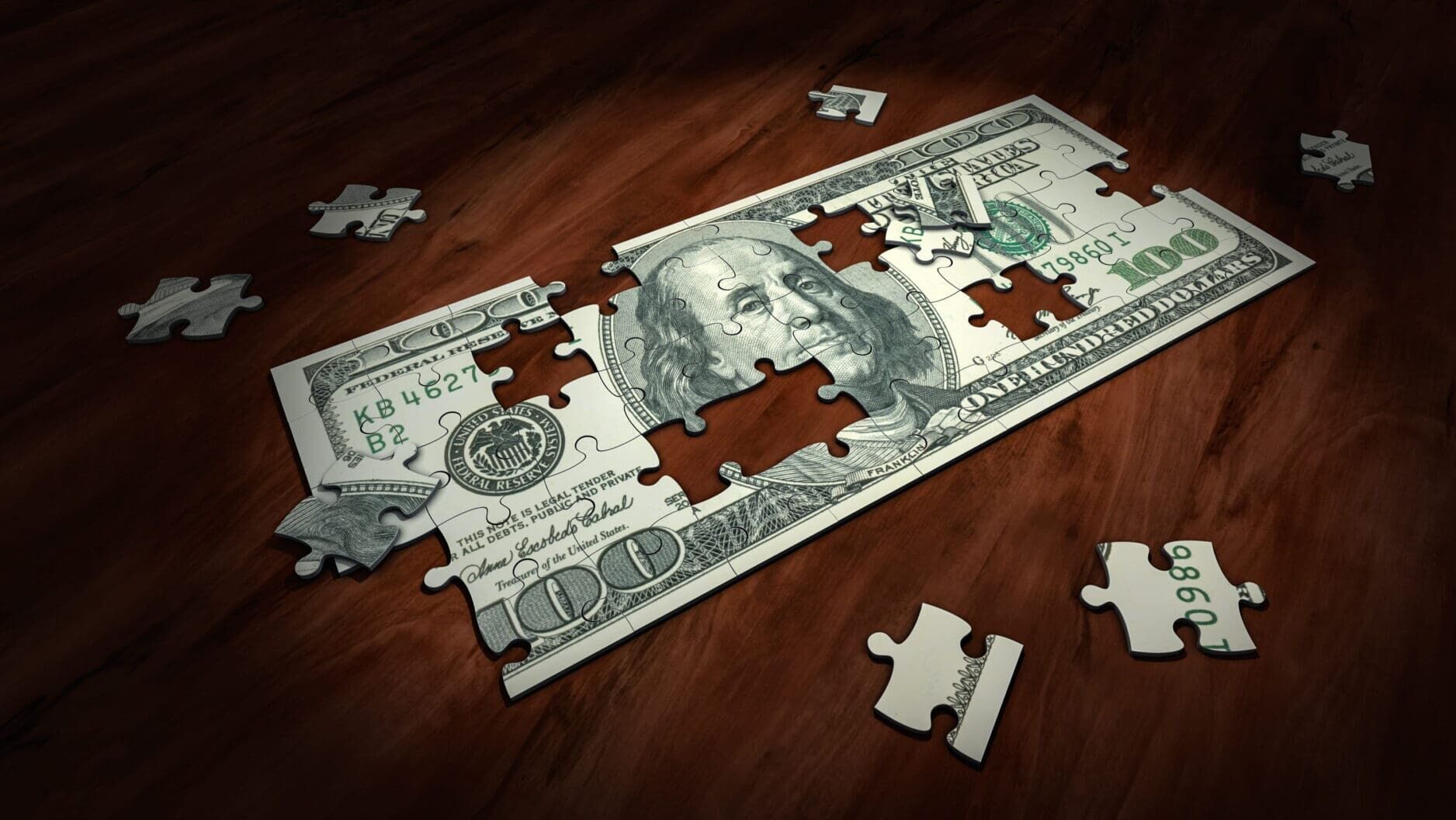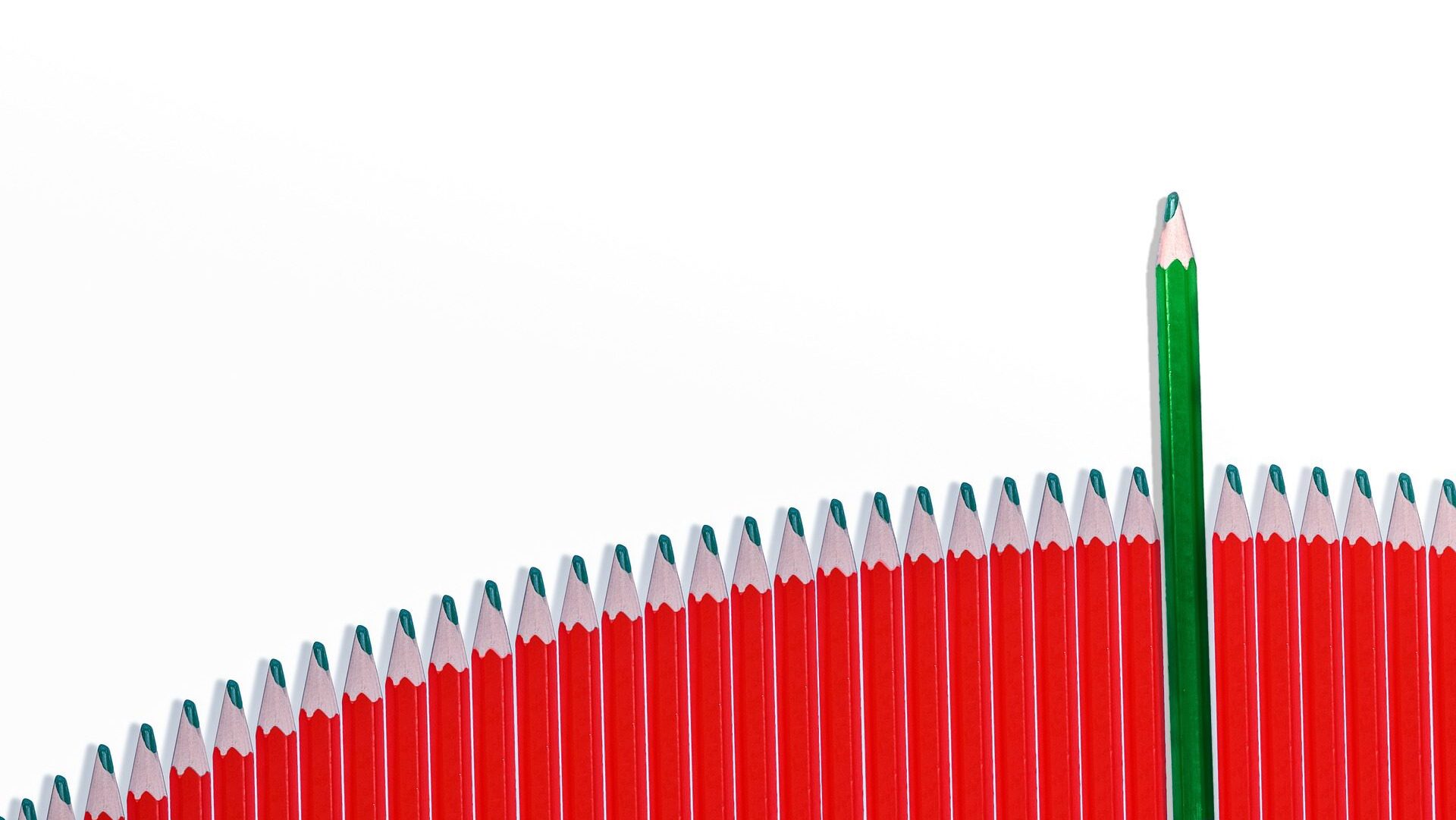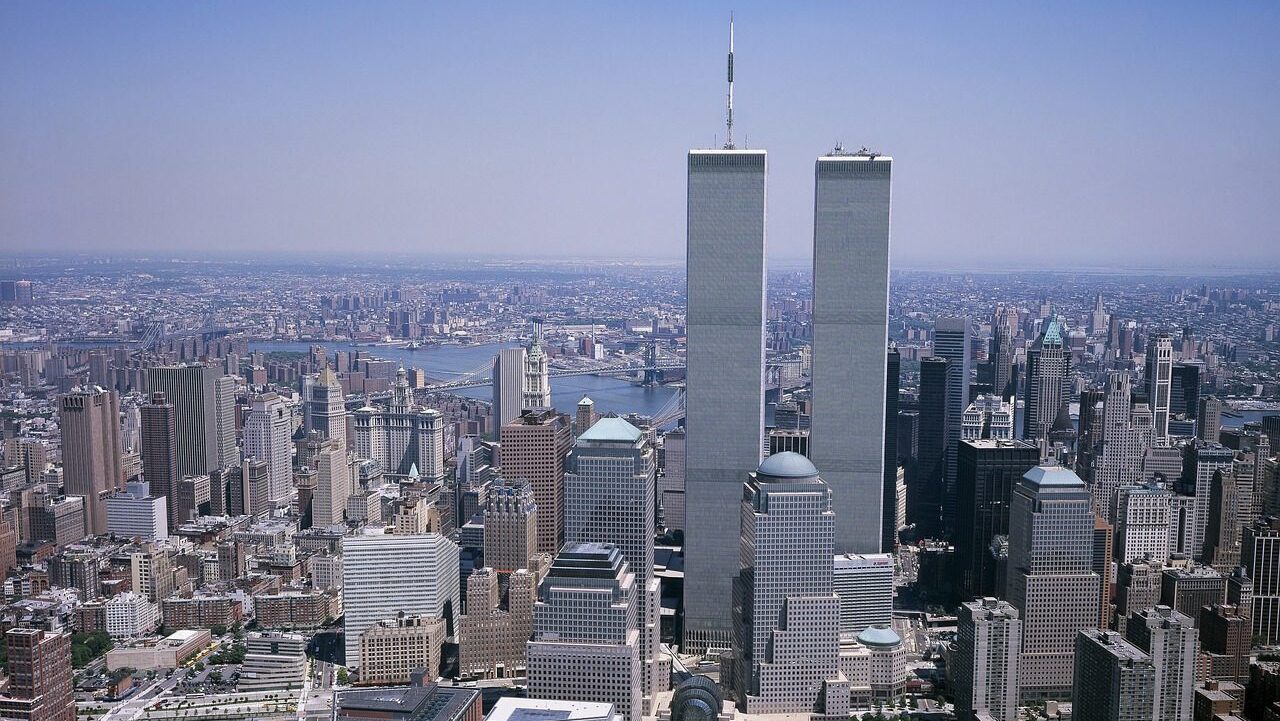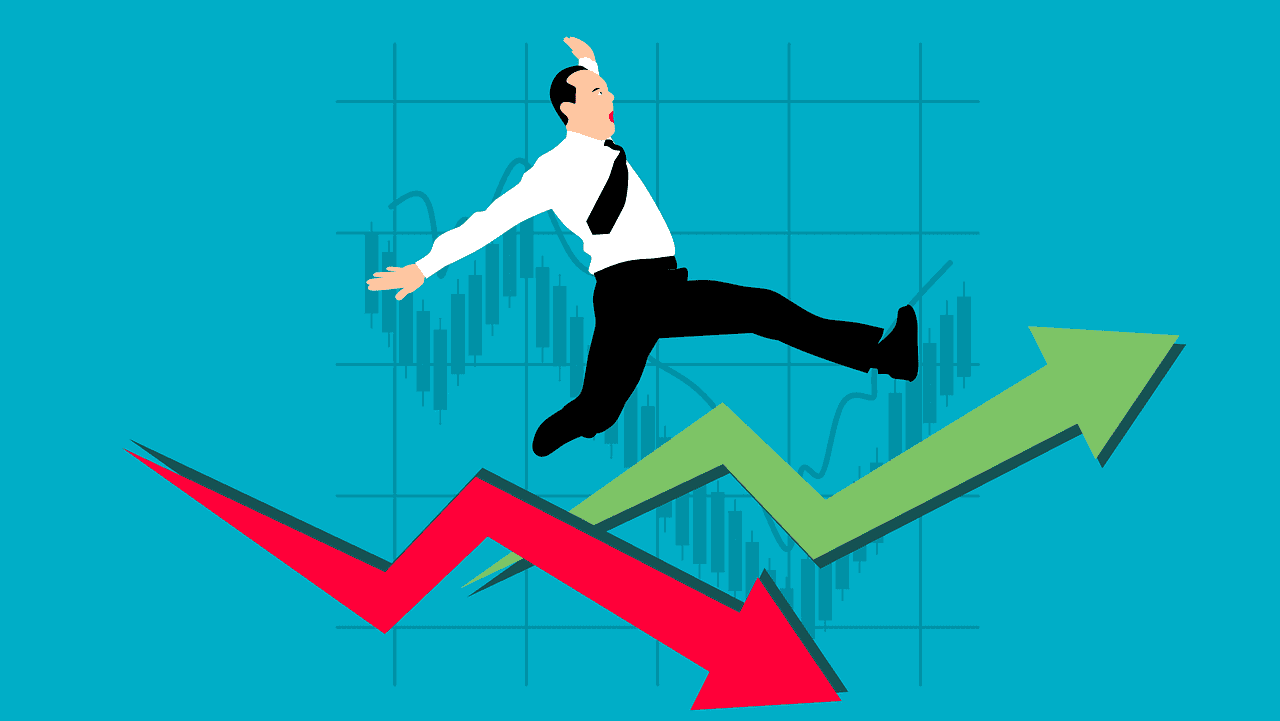
Real Interest Rates Return to Normal
Economic stability benefits as interest rates outpace inflation in the U.S. and the euro zone.

Economic stability benefits as interest rates outpace inflation in the U.S. and the euro zone.

For two big reasons, there is still no sight of lower interest rates for Americans.

There are signs that the policymakers at the ECB realize that this rate cut was not a very good idea.

For two major reasons, you should plan your personal finances on the premise that interest rates will remain high for the long haul.

With inflation and the business cycle moving in very different directions across the euro zone, the ECB’s expected rate cut may end up being of no real economic consequence.

The Swedish Riksbank stands out in international comparison—and not to the advantage of the Swedes.

The prospect for lower interest rates in Europe is fading, but the reason has nothing to do with the European economy. The reason is found on the other side of the Atlantic Ocean.

The U.S. Treasury keeps selling a lot of short-term, expensive debt when long-term debt is demonstrably cheaper. Why?

Many analysts think that today’s interest rates are the exception and that rates should always be low. History tells a different story.

Every time there is a disturbance in the market for U.S. debt, the American economy inches closer to a full-scale debt crisis. We just moved another inch or two.